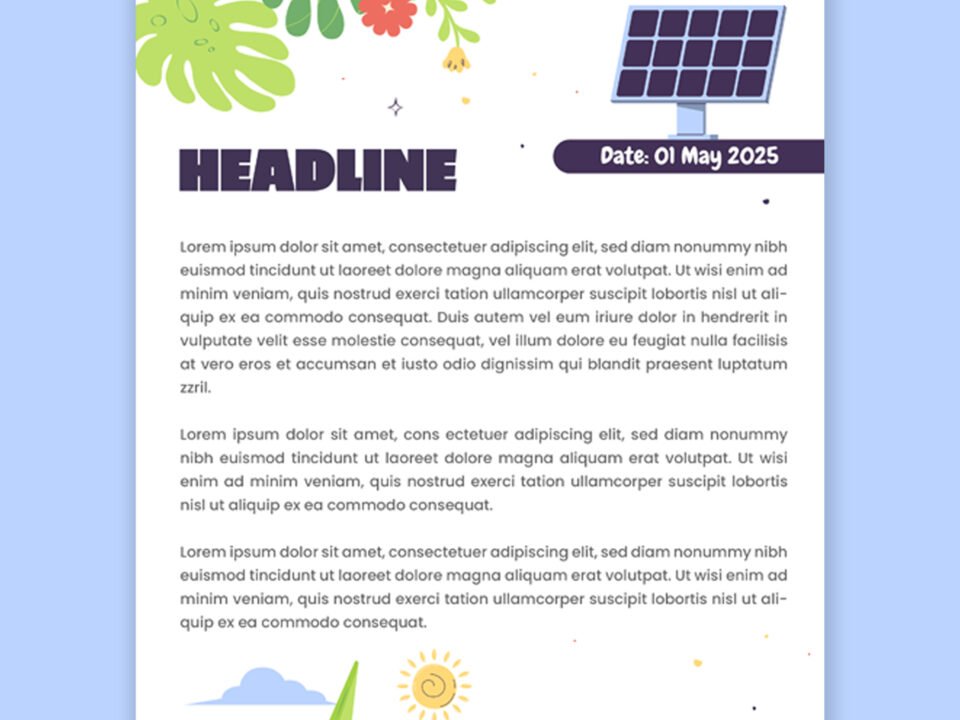Social distancing is more than just a buzz word. In a country as vastly and densely populated as India, it seems like a catching a unicorn in the backyard. We are used to having our personal spaces invaded on a daily basis. Be it travelling in the metro at the peak our, queues at the supermarket, exiting cinema theatres, QSR bill-counters and the list goes on and on. We changed into different clothes in shops, tried on different accessories in malls, drank from the same bottle as our friend, went to random group meet-ups at cafes and caught up regularly with friends after work or school.
It is extremely weird for me as well to be writing all that in the past tense. Such trivial daily activities that we cannot partake in anymore without stressing about catching a life-threatening disease. This is the bitter truth of social distancing, that it kills your social life. Not only when it comes to wanting to meet the people you know, but out in public places like gaming arcades, malls, cinema theatres and other recreational facilities.
What are the problems that could arise from long-term social isolation?
Over long periods of your time, social isolation can increase the danger of a spread of health problems, including heart condition, depression, dementia, and even death. A 2015 meta-analysis of the scientific literature by Julianne Holt-Lunstad, a search psychologist at Young University, and colleagues determined that chronic social isolation increases the danger of mortality by 29%.
Texting, email, and apps like Whatsapp and Zoom, can definitely help people stay in-tuned. We are fortunate to measure in an era where technology will allow us to ascertain and listen to our friends and family, even from a distance.
Even so, those modes of communication don’t entirely replace face-to-face interactions. When we interact with people, tons of the meaning conveyed between two people is really not conveyed within the actual words, but in nonverbal behaviour. tons of these subtleties of visual communication, facial expressions, and gestures can stray with electronic media. They’re not nearly as good as face to face interactions, but they’re infinitely better than no interaction.




